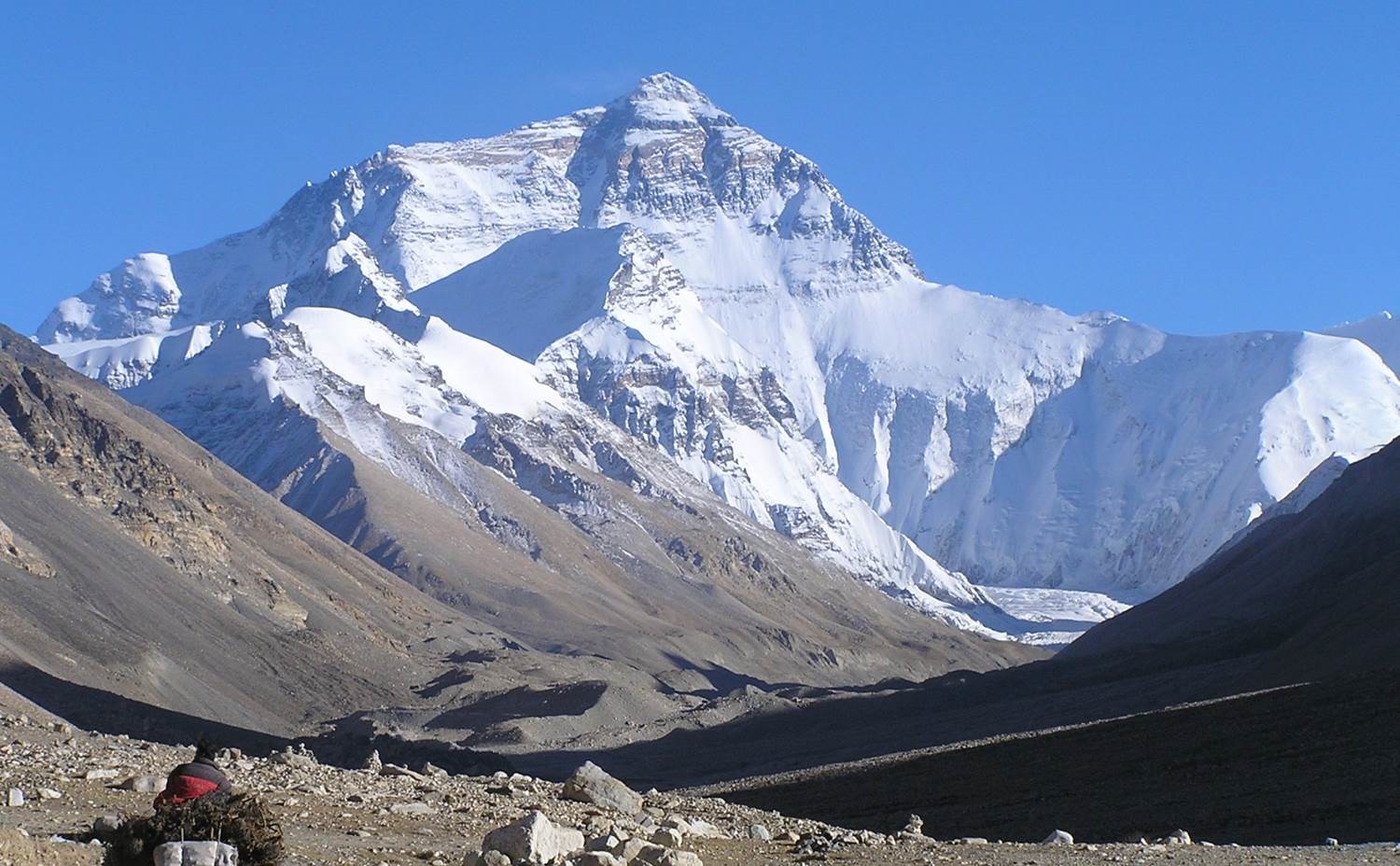International Mountain Day: a time to reflect on mountain landscapes and mountain people
The world’s continental land surface contains an amazing array of diverse landscapes and ecosystems of which mountain areas cover 26.5%. Mountainous formations also occur across considerable areas of the ocean floor. So why do mountainous landscapes in particular intrigue, support, attract and inspire people? Sunday 11 December 2016 is International Mountain Day: a perfect opportunity to revisit what mountains mean for conservation.
By Peter Jacobs, Chair, IUCN/WCPA Mountains Specialist Group

Photo: People in Nature
Mountainous landscapes are complex and enigmatic; bold, harsh, and seemingly unforgiving yet sensitive to disturbances, delicate and sensory. Maybe it is this inherent paradox that is attractive.
Their protection is vital as mountains provide essential ecosystem based services, income, a sense of identity and spiritual values to diverse global communities as well as inspiration and enjoyment to millions.
Mountains and mountain communities will need to build resistance and resilience to cope with the challenges of the 21st century. They are at the forefront of change due to the early and (along with coastal areas) probably the most profound manifestation of climate change impacts. Mountain Protected Areas are one of nature’s solutions.
So many inspiring and clever people and organisations have been drawn to the mountains and see to valuable work in research, community resilience, management effectiveness and advocate for their protection. One such person was Professor Larry Hamilton who sadly passed away in October this year. He dedicated much of his life to global protection of mountains and his leadership was legendary.
The World Commission on Protected Areas' Mountains Specialist Group was established largely thanks to Larry over 20 years ago and continues to build on Larry’s legacy.
Our current focus is on identifying priority mountain areas for biodiversity conservation that are currently unprotected. Select priority areas will be identified for advocacy to encourage the establishment of new mountain protected areas. For example, of over 4,000 Key Biodiversity Areas in mountains only 20% are completely and formally protected. This work is in collaboration with the UNEP World Conservation Monitoring Centre (WCMC) and other WCPA technical experts.
Let’s hope that as each International Mountain Day passes the global percentage of Mountain Protected Areas grows each year from its current 17% of all mountains (outside Antarctica) to include key biodiversity areas in mountains that are not adequately protected.
For more information, visit the WCPA Mountains Specialist Group page.



